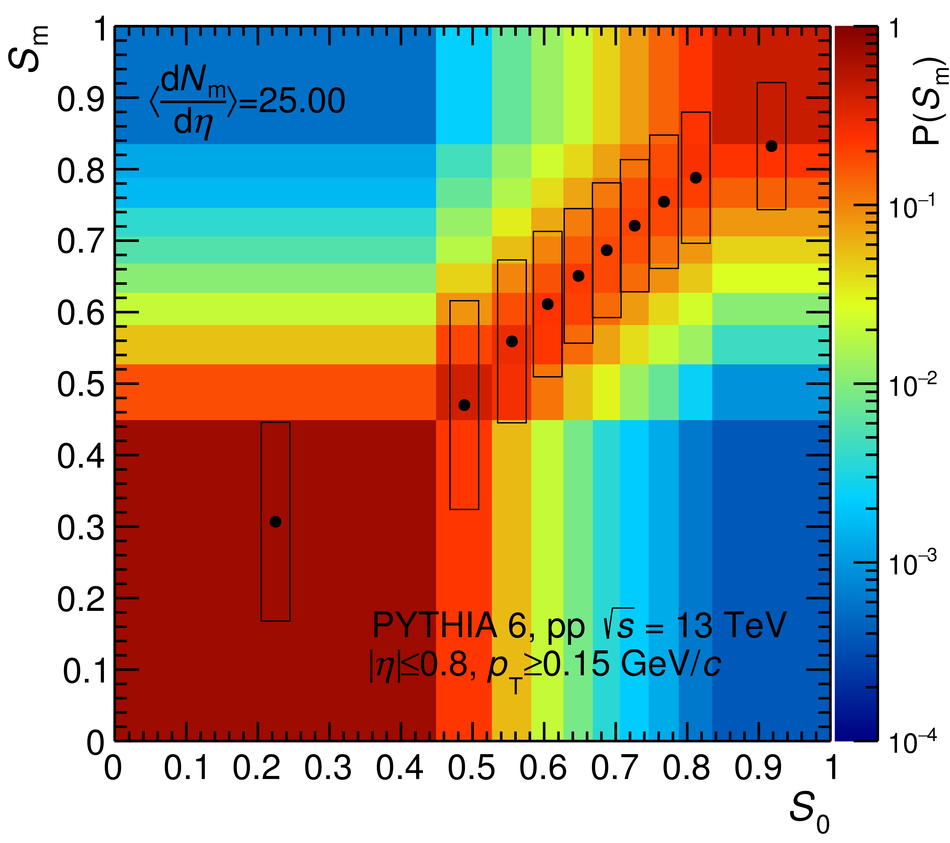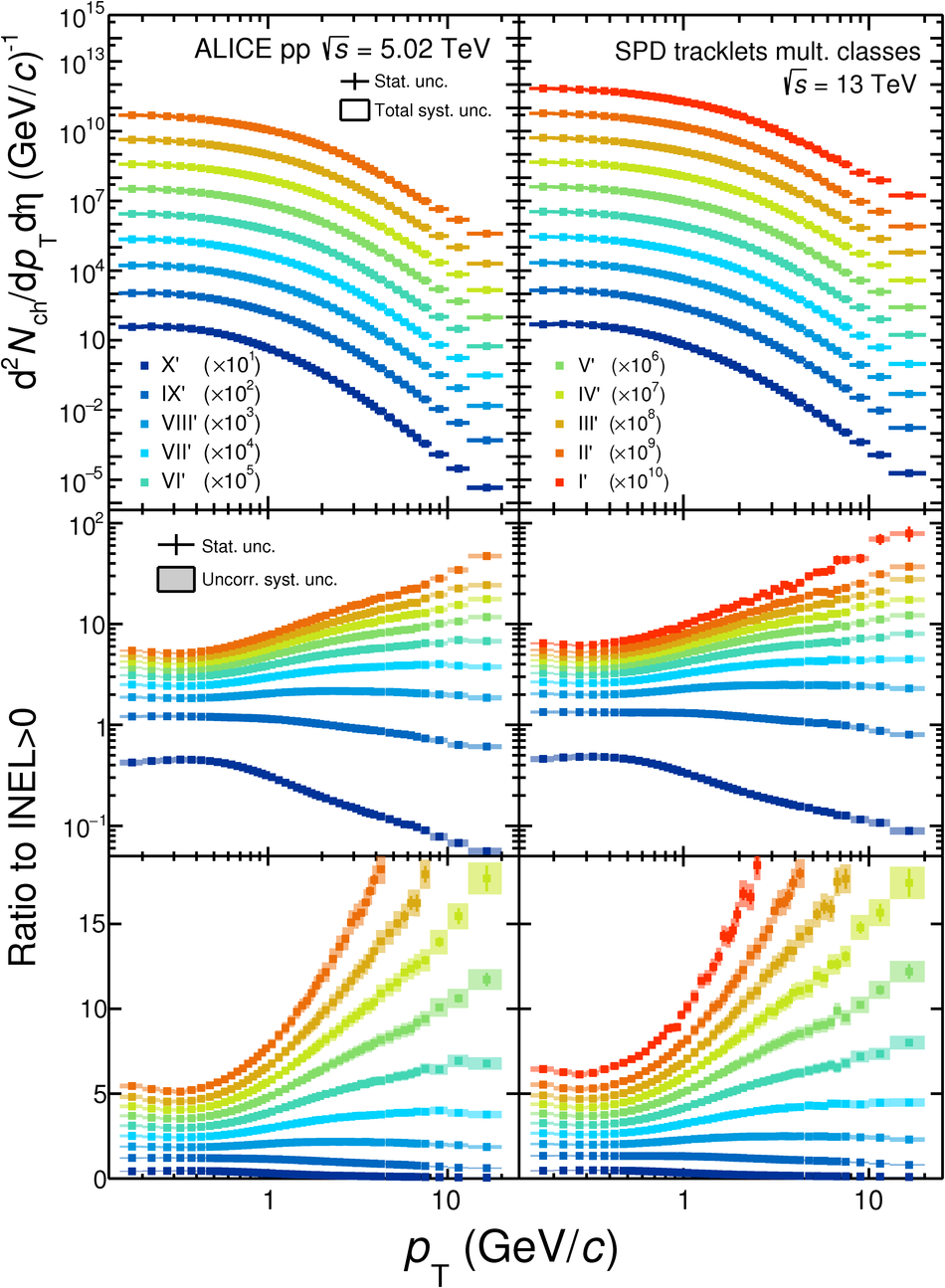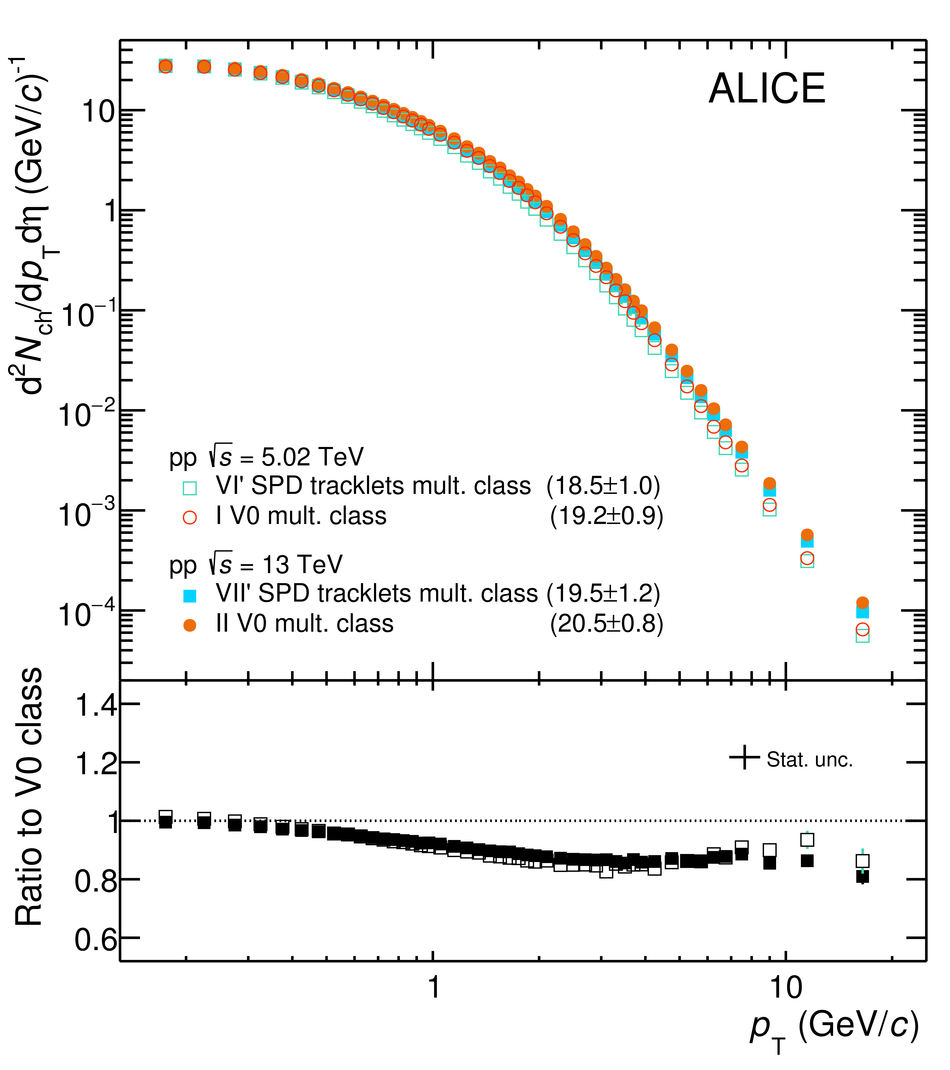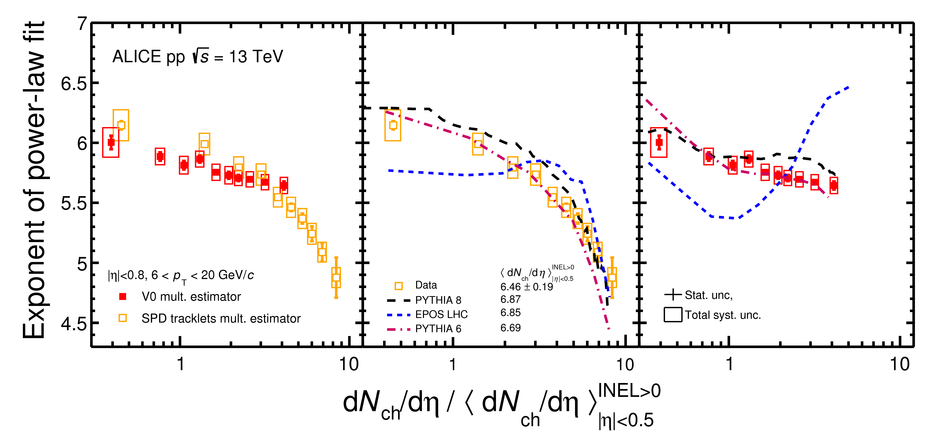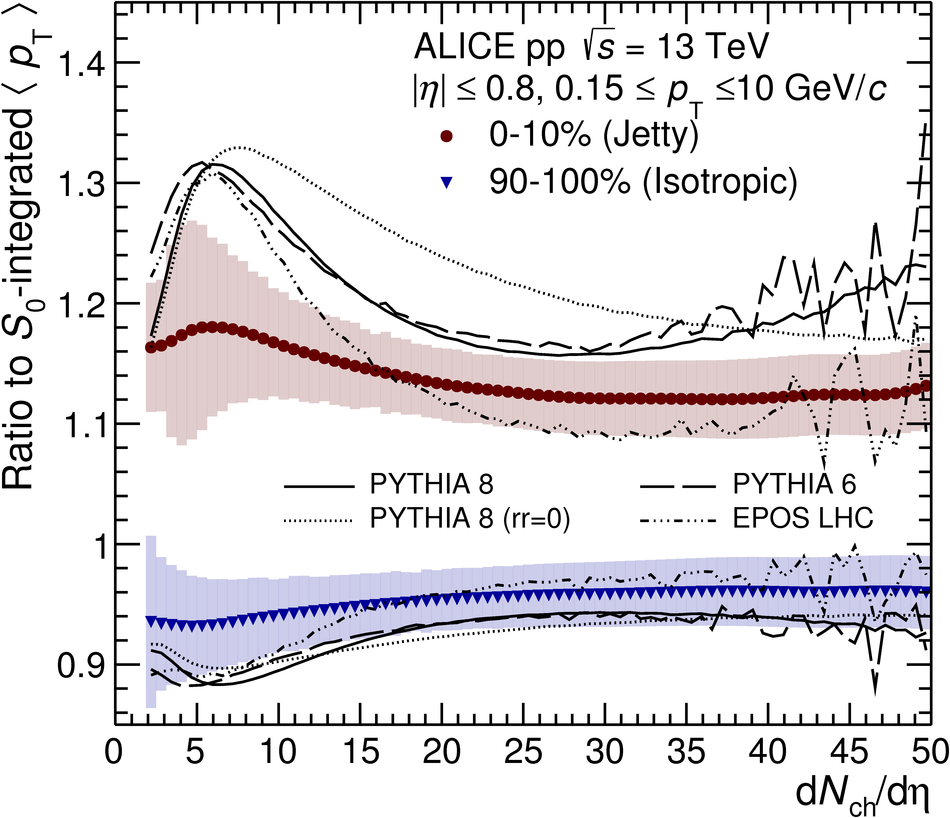We present a study of the inclusive charged-particle transverse momentum ($p_{\rm T}$) spectra as a function of charged-particle multiplicity density at mid-pseudorapidity, ${\rm d}N_{\rm ch}/{\rm d}\eta$, in pp collisions at $\sqrt{s}$ = 5.02 and 13 TeV covering the kinematic range $|\eta|<~0.8$ and $0.15<~p_{\rm{T}}<~20$ GeV/$c$. The results are presented for events with at least one charged particle in $|\eta|<~1$ (INEL$ >0$). The $p_{\rm T}$ spectra are reported for two multiplicity estimators covering different pseudorapidity regions. The $p_{\rm T}$ spectra normalized to that for INEL $>0$ show little energy dependence. Moreover, the high-$p_{\rm T}$ yields of charged particles increase faster than the charged-particle multiplicity density. The average $\it{p}_{\rm T}$ as a function of multiplicity and transverse spherocity is reported for pp collisions at $\sqrt{s}=13$ TeV. For low- (high-) spherocity events, corresponding to jet-like (isotropic) events, the average $p_{\rm T}$ is higher (smaller) than that measured in INEL $>0$ pp collisions. Within uncertainties, the functional form of $\langle p_{\rm T} \rangle(N_{\rm ch})$ is not affected by the spherocity selection. While EPOS LHC gives a good description of many features of data, PYTHIA overestimates the average $p_{\rm T}$ in jet-like events.
Eur. Phys. J. C 79 (2019) 857
HEP Data
e-Print: arXiv:1905.07208 | PDF | inSPIRE
CERN-EP-2019-094


